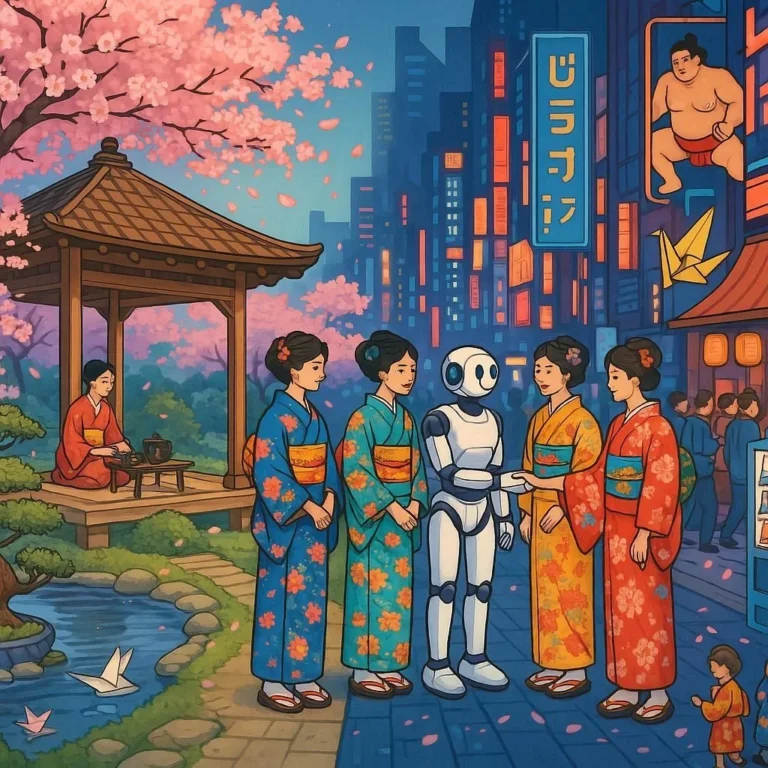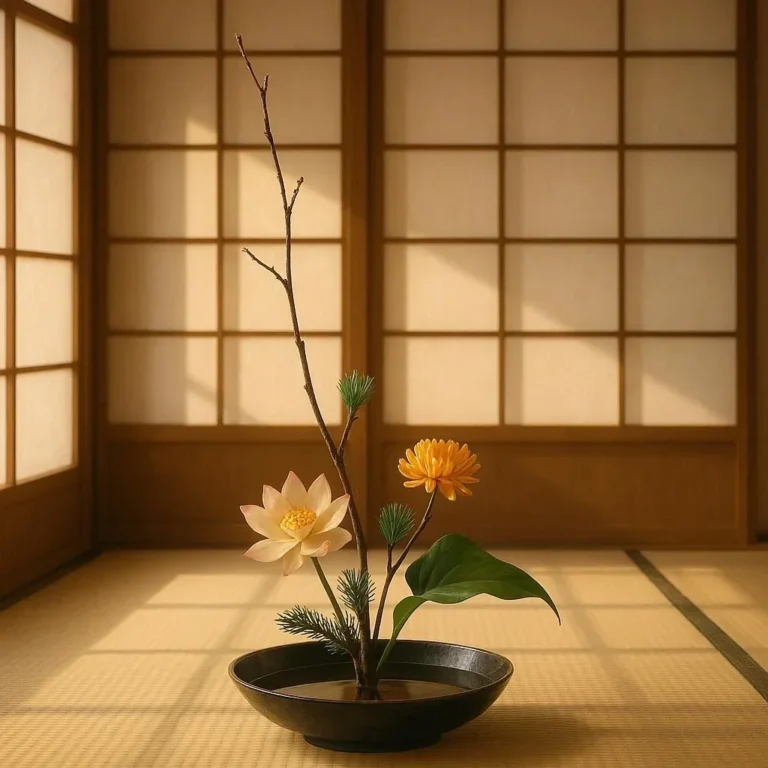510 views The Meiji Restoration and the End of the Samurai Era
Understanding Japan’s bold leap from feudal isolation to a modern industrial powerhouse is impossible without examining the crucible that was the Meiji Restoration. Between 1867 and 1912, a generation of reformers tore down centuries of tradition, dismantled the Tokugawa shogunate, and wrote a new chapter for the nation—one that would see the samurai’s final bow.
1. Setting the Stage: A Nation in Flux
For more than two hundred years, the Tokugawa shogunate had kept Japan in a locked‑in peace known as the sakoku (closed country) policy. Trade was limited to the Dutch and Chinese at Nagasaki, and the samurai, the warrior‑rule class, held political authority. Yet by the mid‑19th century several forces converged:
- Foreign intrusion – Commodore Matthew Perry’s “Black Ships” in 1853 forced Japan to open its ports.
- Economic strain – Rural poverty and urban indebtedness eroded the samurai’s fiscal base.
- Intellectual ferment – Western science, philosophy, and technology bored the educated elite.
- Political fragmentation – Rival daimyō (feudal lords) hinted at dissent.
Collectively these conditions created a tinderbox that eventually sparked the rapid upheaval of the Meiji era.
2. The Fall of the Tokugawa Shogunate
The shogunate’s decline began with the Endo Zenkichi crisis in 1863, when provincial unrest hinted at the loss of central control. By 1867, Emperor Komei formally abdicated, handing power to his son Mutsuhito (later Emperor Meiji). The shogun, Tokugawa Yoshinobu, resigned, allowing imperial authority to return.
Key turning points:
- Convention of Kanagawa (1854): First treaty ending sakoku.
- First Japanese–Dutch War (1868): Supported Imperial forces.
- Boshin War (1868–1869): The rebellion of shogunate forces led by Ōkubo Toshimichi and others, culminating in the definitive victory of the Imperial forces.
With the shogunate collapsed, a vacuum emerged, and a new vision set the nation on a modern trajectory.
3. Visionaries Who Shaped Modern Japan
The Meiji Restoration was steered by a cadre of reformers, often called the Ōu-Mukai or “VOICES”:
| Name | Role |
|——|——|
| Ito Hirobumi | Drafted the Meiji Constitution and later served as prime minister. |
| Yamagata Aritomo | Reorganized the army and later became provisional prime minister. |
| Kido Takayoshi | Oversaw the initial political restructuring. |
| Sone Araki | Champion of nationwide land reforms. |
| Kōtoku Shūsui | Early advocate for democratic ideals.
These figures collected diverse ideas—from Chinese Confucian governance to European constitutionalism—and moulded them into a uniquely Japanese blueprint.
4. Administrative Reforms: Building a State from Scratch
A critical element of the Meiji success was state reconstruction:
- Centralisation of Power – The traditional feudal han (domains) were abolished in 1871 and replaced with prefectures governed by centrally appointed officials.
- Land Tax Reform (1873) – Replaced the sato peasant taxes with a fixed monetary system, creating a tax base to fund modernization.
- Education Code (1872) – Introduced compulsory primary schooling, with an emphasis on science, mathematics, and civic duty. Over 10,000 schools opened by 1890.
- Legal Overhaul – The Meiji Constitution (1889) established a parliamentary system with a House of Peers and a House of Representatives, while the shikimoku (imperial statutes) regulated civil and criminal law.
These reforms laid the administrative foundation necessary for industrial and military expansion.
5. Military Modernisation – From Samurai to Soldiers
The samurai’s martial prowess transitioned into a modern army through deliberate changes:
- Uniform standardisation – Replaced ornate bushido garb with Western‑style uniforms, symbolising a shift from personal loyalty to national service.
- Surrender of swords – In 1876, the Hakkō ichiu directive mandated the ceremonial surrender of swords, effectively ending the samurai’s symbolic weapon.
- Training and Regimentation – Victories in the Sino‑Japanese War (1894‑95) and Russo‑Japanese War (1904‑05) showcased Japan’s swift learning curve. The army adopted Western tactics, logistics, and artillery.
- Conscription System (1873) – Universal service replaced the feudal levy, altering the societal role of combat.
While the samurai no longer held unique privilege, many former warriors found patronage in the new army, preserving certain aristocratic values in a new guise.
6. Social & Cultural Impact – A Nation Re‑imagined
The Meiji Restoration reshaped every layer of society:
- Class Struggle – The shi (peasants) were now expected to pay taxes and perform conscription, blurring the rigid hierarchy.
- Urbanisation – Rapid industrial production (steel, textiles, shipbuilding) drew migration to cities like Tokyo, Osaka, and Yokohama.
- Westernisation vs. Tradition – In the kaikei (household accounts), families adopted coffee days, but still practiced tea ceremonies.
- Identity Crisis – The May 2 1874 Satsuma Rebellion led by Katsura Kiyomasa fractured loyalty, exposing rural discontent. The suppression of the rebellion cemented imperial authority.
- Cultural Renaissance – Literature flourished; authors like Natsume Sōseki bridged tradition and modernity.
The transformation was neither linear nor painless; but the result was an adaptive culture capable of digesting modern influences without erasing identity.
7. The End of the Samurai – An End‑of‑Era Moment
In 1876, the Sword Abolishment Edict required all samurai to give up their swords. This decree was not purely symbolic; it was a calculated policy to:
- Eliminate the idea of a hereditary warrior class.
- Reduce potential anti‑government factions.
- Reallocate samurai families into civil roles (teachers, bureaucrats).
The dissolution of the bushido code, the legal abolition of the bushi status, and the consequent withdrawal of special tax privileges signalled the final day of samurai as a distinct class. The fealty that once served a shogun now pledged to the emperor alone.
8. Legacy – Lessons from a Transformational Era
The Meiji Restoration remains a study in rapid, state‑led modernization. Its legacy is visible in:
- Political Stability – The constitutional framework allowed Japan to avoid the chaos that followed in many other post‑colonial societies.
- Technological Prowess – Japan became an early industrial power, evident by 1900 industrial output surpassing many European nations.
- Cultural Syncretism – Modern Japanese culture seamlessly merges Western technology with Eastern aesthetics.
- Reformist Mindset – The era set a precedent: strategic adaptability over rigid adherence to tradition.
For scholars of global transitions, Japan’s shift from a feudal to a modern nation under the Meiji banner offers invaluable lessons on balancing heritage with progress.
9. Conclusion – The Echoes of the Sword
The Meiji Restoration was a turning point that abruptly halted the samurai’s centuries‑long dominion and ignited a modern engine of national growth. While the sword slipped from Japanese hands, the ethos of self‑discipline, honor, and national duty lingered, morphing into a new civic identity that empowers Japan to this day.
By exploring the corridors of power, the grit of the battlefield, and the pulse of everyday life, we see how Japan’s past forged its present. The Meiji era reminds us that progress requires courage, commitment, and the willingness to leave certain traditions behind—while still honouring the spirit that inspired them.






